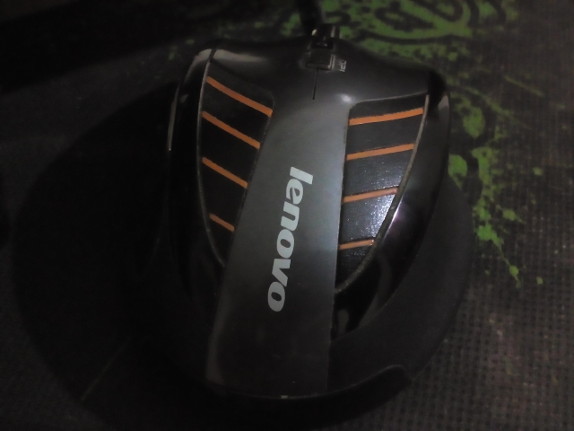
Micromax launched the Unite 2 A106, the company’s first smartphone running on Android 4.4 (KitKat) few weeks back, soon after Motorola launched its Moto E. The Unite 2 has decent specifications compared to most other smartphones in this price range. Is this the best Android smartphone with KitKat in this range? Let us find out in the complete review.
Unboxing

We unboxed the smartphone recently. Check out the Micromax Unite 2 Unboxing
httpv://www.youtube.com/watch?v=xw5EWAmwnIQ
Box Contents

Video Review
httpv://www.youtube.com/watch?v=FW-ZADI6x5M
Hardware and Design

The Micromax Unite 2 has a very simple design. It has curved corners and a huge bezel around the display. It comes in Pristine White, Balmy Green, Mystic Grey and Raging Red colors, here we have the grey color. All these have the same black bezel on the front, so only the color of the back panels vary.

Coming to the display, the 4.7-inch IPS screen with a resolution of 480 by 800 has a pixel density of just 198 ppi. Since the smartphone has a low resolution display, the content is not sharp. Other aspects such as brightness, sunlight legibility and viewing angles are pretty good. The phone looks huge, mainly due to the huge display. Since the display is too glossy, it is prone to fingerprints.

It also has an LED notification light on the top, next to the earpiece. It glows both in green and red colors. There are the usual set of proximity and ambient light sensors next to the notification light. Since it has a black bezel these sensors are hardly visible. It also has a 2-megapixel fixed-focus front-facing camera that can record videos at VGA resolution.

There are the usual set of capacitive touch buttons below the display. These are backlit and offer haptic feedback when pressed. There are some changes in functions of the menu and home buttons in this phone. Long pressing the menu button brings up the multitasking or recent apps window and long pressing the home button bring up Google Now. This might take sometime to get adjusted to, since it is different in most other Android smartphones.
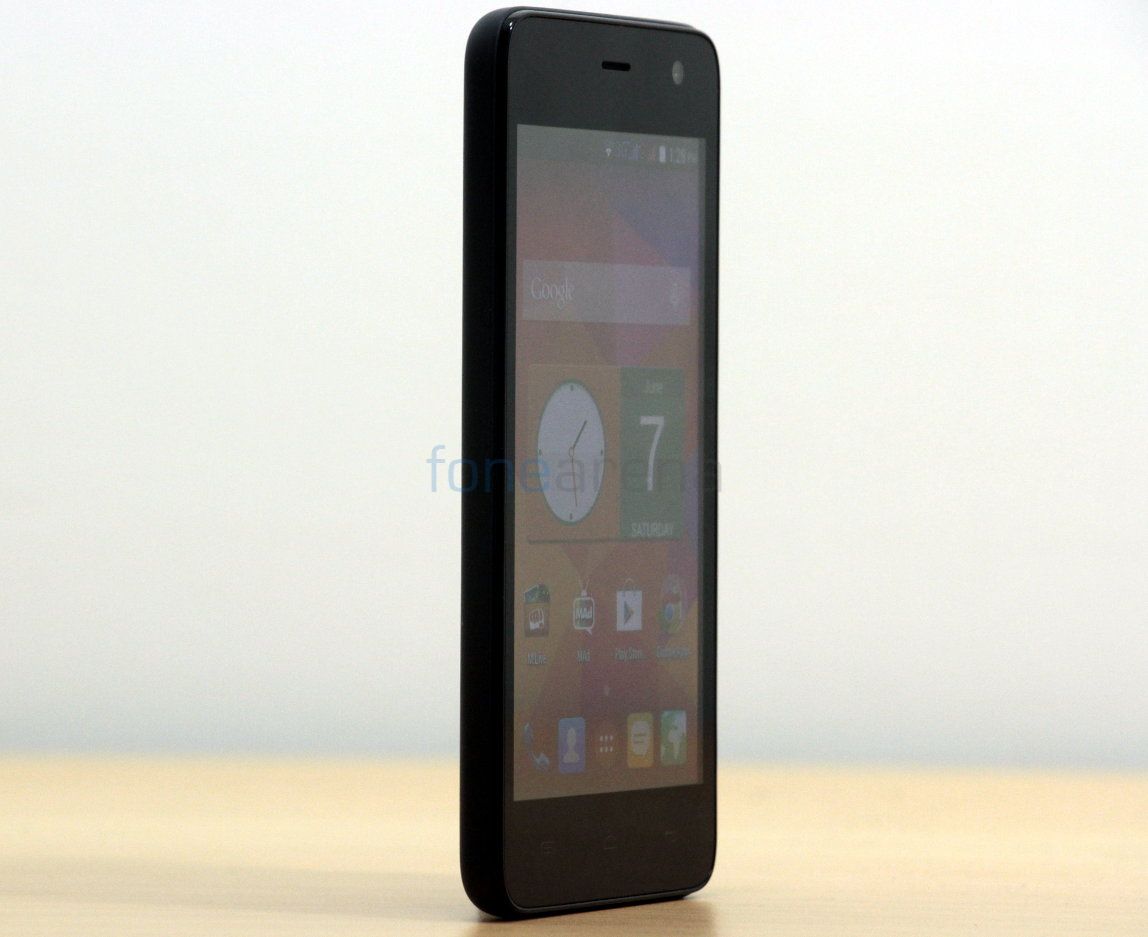
The back cover of the phone completely covers the sides of the phone. There is nothing on the left side of the phone.

Both the volume rockers and the power button are present on the right side of the phone. These are attached to the back cover and have a shiny plastic finish, but these are not prone to smudges.

The 3.5mm audio jack and the micro USB slot are present on the top of the phone.

There is a 5-megapixel auto focus camera on the back with LED flash below the camera module. There is also a Micromax logo below it.
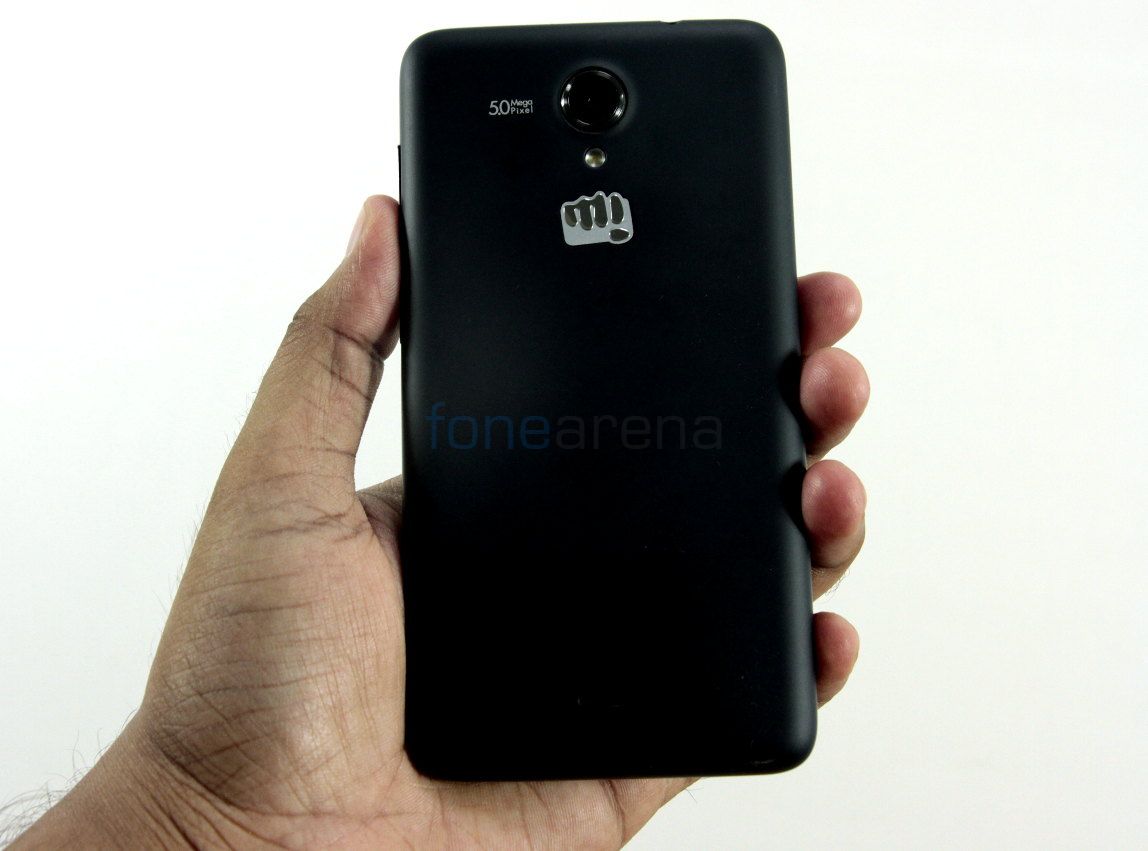
Since the back cover has a matte finish, it is easy to grip and doesn’t slip out of the hand easily. The smartphone weighs about 160 grams, quite heavy compared to other smartphones in this range.
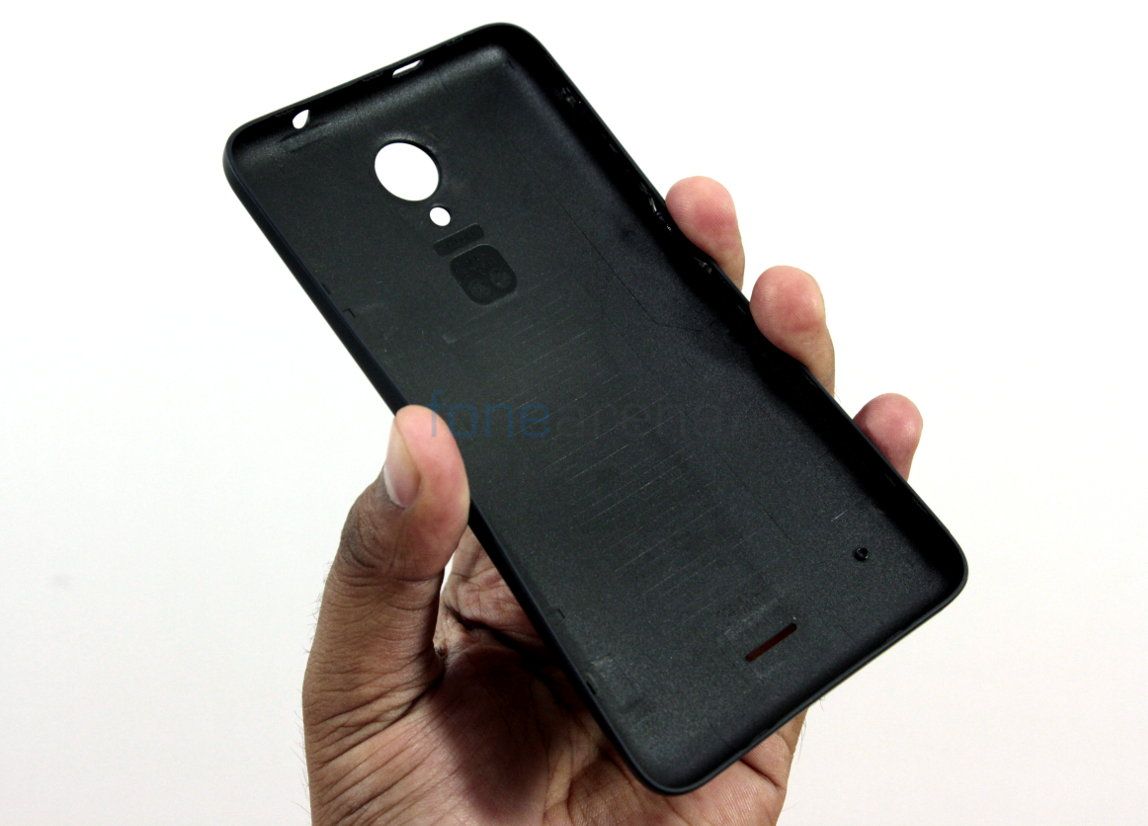
The design of the back cover is almost similar to Lumia smartphones that also covers the sides of the phone. Even though it is flexible, the quality is pretty good.

Removing the back cover reveals SIM card slots and the microSD card slot that are present just above the removable battery. The primary SIM is a normal or mini SIM slot and the secondary SIM is a micro SIM slot. You have to remove the battery to insert the SIM cards. The phone accepts microSD cards up to 32GB.
Camera

The 5-megapixel shooter is decent. Since this is an auto focus camera, macro shots came out pretty good. Even though the images look decent, colors are not vibrant so it looks washed out with muted colors. Low-light images had a lot of noise obviously, but flash is powerful to capture images in completely dark conditions. Overall, the smartphone has a decent camera.
Here are some camera samples (click the image to view full resolution picture)
The smartphone can record videos at 1080p full HD resolution. Since this is just a 5-megapixel module, full HD videos doesn’t offer much details. So it is recommended to stick to 720p videos. Since it lacks a secondary microphone audio is not crisp.
Here is the full HD video sample
httpv://www.youtube.com/watch?v=E2_89G09IGM
Software

Coming to the software, the phone runs on Android 4.4 (KitKat) out of the box. The OS is almost stock with few visual changes. The homescreen looks almost similar to the Google Now screen, but it doesn’t launch Google Now on swiping from right to left. Quick settings and the settings menu are similar to other MediaTek-powered Micromax smartphones running on Android 4.2 (Jelly Bean). Lock screen has a shortcut to go to M! Live app directly.

It shows powered by Android logo once you boot up the phone. The phone doesn’t have any software features seen on Canvas smartphones such as video pinning, Smart Gestures etc.

Out of 1GB of RAM, you get 964 MB of usable RAM. About 600 MB of RAM is free when the phone is idle, with just the default apps running in the background. Out of 4GB of internal storage you get just 642 MB of usable storage for apps and 1.67GB for mass storage.

Once you insert an SD card, you can move supported apps to the card easily and also select external SD card as default, but 642 MB of storage for apps is very less since most apps can only be installed in the phone memory. Even after moving them to the SD card, some apps still occupy some space in the internal memory. When the internal memory is full, you can’t even update existing apps and it shows a warning that the storage is not sufficient to update the app.
Apps

The phone comes with a lot of pre-loaded apps. These apps alone occupy 280MB of internal storage. Other than the standard set of utility apps and Google apps, it comes with Games Club, Getit, hike messenger, Kingsoft office, M! Games, M!Live, MAd that lets you earn points when you watch Ads, which can be converted into rupees that would be credited to users’ postpaid or prepaid account, Opera Mini and Reverie Phonebook that offers phonebook in 10 Indian languages. It also has Reverie Smartpad, an Indic keyboard with text input in 20 Indian languages.
Music Player and FM Radio

The music player has a standard user interface and can play a range of audio formats. You can enable the equalizer for Bass boost and 3D effect features when you are listening using earphones. Audio from the bundled earphones could be better. The loudspeaker output is just average. Since the loudspeaker is present on the back, audio gets muffled when you place the device on a flat surface. FM Radio has a standard UI and comes with auto search, RDS and recording.
The default video player can play full HD 1080p videos, but it is not as smooth as 720p HD videos.
Dual SIM and Connectivity

The dialer is stock and is similar to stock Android KitKat. It has SIM manager option that lets you set a default SIM. Both the SIMs support 3G, but you can use 3G on only one SIM at a time. Connectivity features include, 3G HSPA+, Wi-Fi 802.11 b/g/n, Bluetooth 4.0 with A2DP and GPS. It has support for wireless display and also has USB on-the-go (OTG).
Performance and Benchmarks
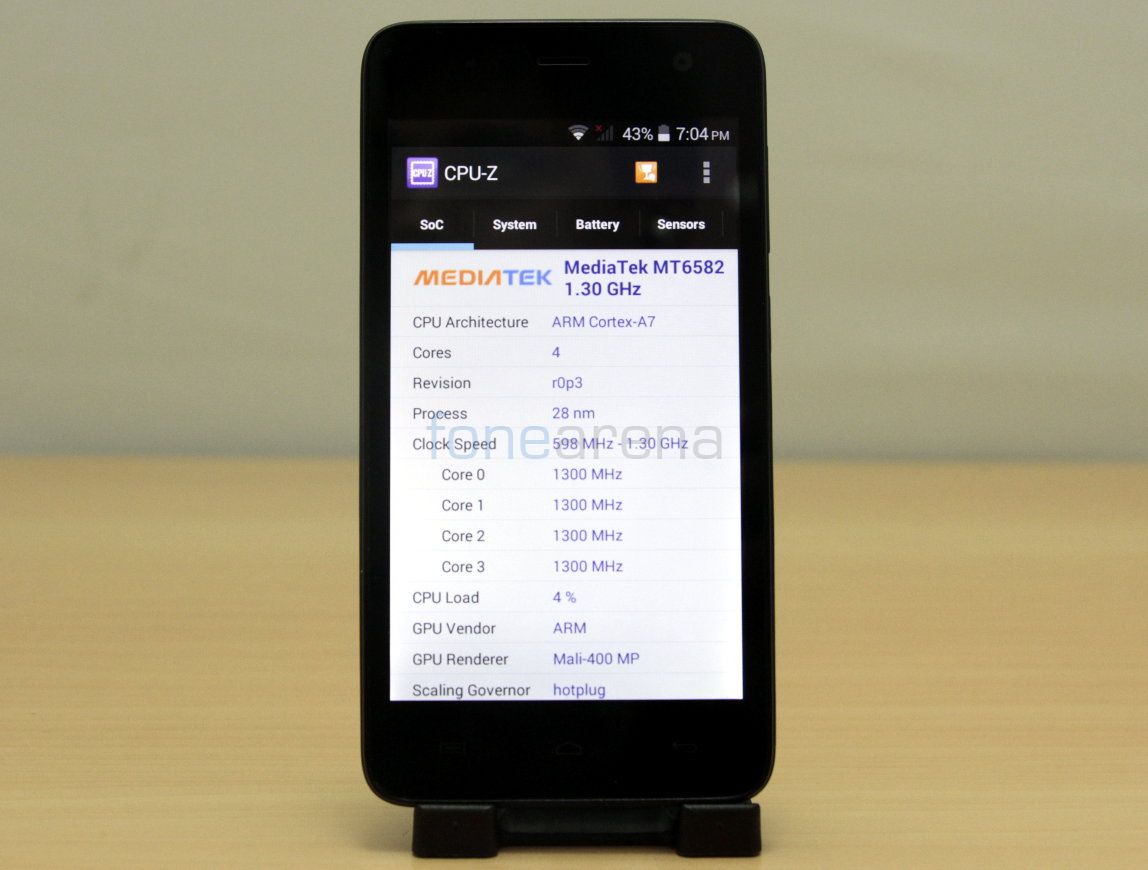
The smartphone is powered by a 1.3 GHz quad-core MediaTek MT6582 processor with Mali 400 GPU. Performance is pretty good without any lags. Thanks to 1GB of RAM, multi-tasking was smooth. Check out some benchmarks below.
Quadrant Benchmark

The Unite 2 scored 8561 points in the Quadrant benchmark.
AnTuTu Benchmark 4

In the AnTuTu Benchmark 4 the smartphone scored 17773 points and grabs the second spot, just behind the Xolo Q1100.
Vellamo 2.0 HTML5

It managed to score 1918 points in the Vellamo 2 HTML5 browser benchmark.
Vellamo 2.0 Metal

It scored 559 points in the Vellamo 2 Metal CPU subsystem performance test. Check out the complete set of Micromax Unite 2 benchmarks here.
We tested some games on the device, which were decent. Some games worked only with low graphics, but other games had good graphics with occasional lags in the gameplay. Check out the gaming review below.
httpv://www.youtube.com/watch?v=cQju_ToG9lw
Battery Life

The smartphone packs a 2000mAh removable battery, compared to sealed battery on the Moto E. Micromax has improved the battery management in KitKat drastically. Unlike most other Canvas smartphones with a 2000mAh battery, this phone offers pretty good battery life that lasts for a whole day with average use when both the SIM cards are on use. With heavy usage such as continuous 3G whole day and intensive gaming, it lasts for less than a day.
Conclusion
Overall the Micromax Unite 2 A106 is a decent budget smartphone running on KitKat. Compared to Moto E, the Unite 2 excels in the performance and the camera, but you get less storage for apps. It was launched last month for Rs. 6,999, much cheaper than the MRP of Rs. 8,499, but it is currently selling between Rs. 7,500 and Rs. 8,000. If you can compromise on the internal storage and the low resolution display for the camera and performance go for it. If you don’t care about the camera and need a compact device, go for Moto E.
Pros
- Good performance
- Good battery life
- Decent camera
Cons
- Low resolution display
- Less storage for apps
- Video recording is average






